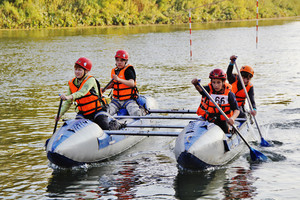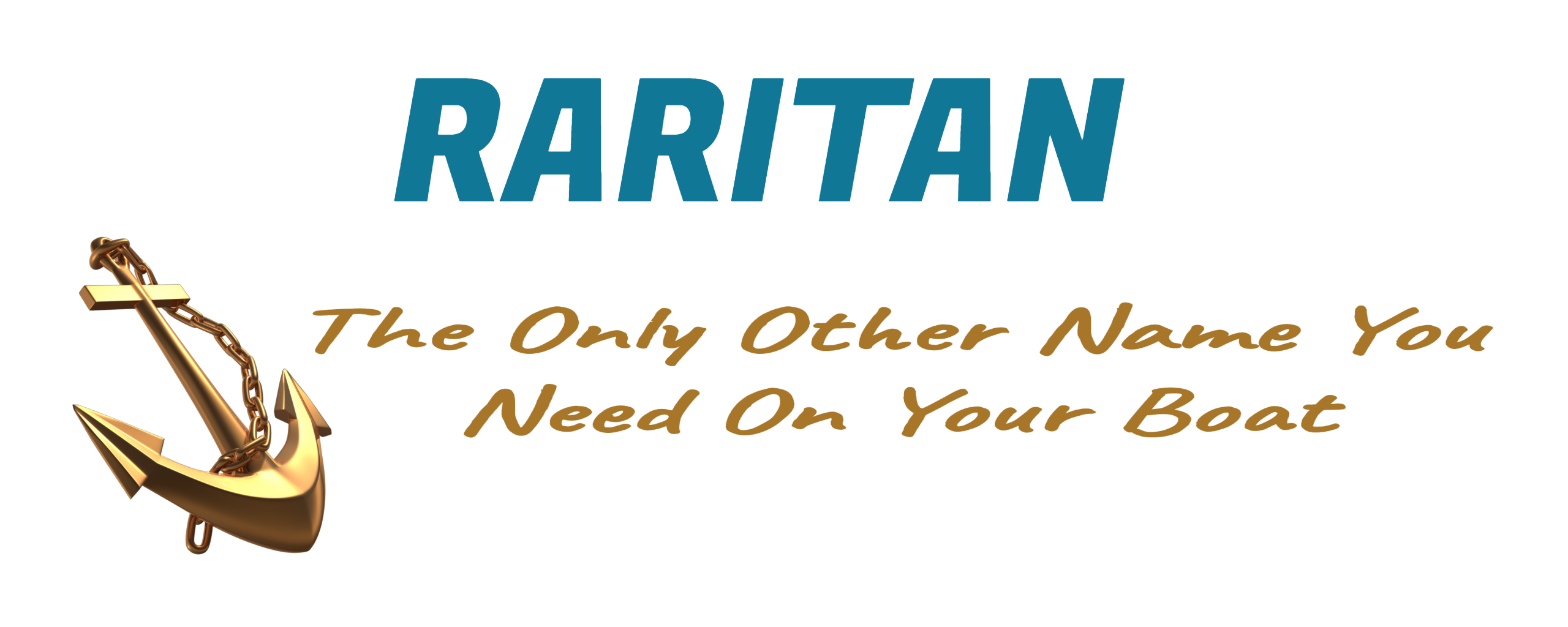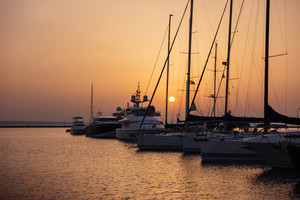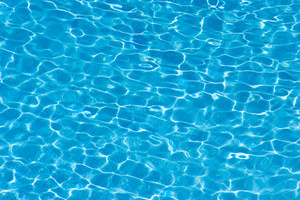Sailing is an art that requires skill, patience and knowledge. It’s a great way to explore the open seas while enjoying nature at its best. If you are new to sailing or thinking about taking up this hobby, here’s everything you need to know:
Introduction to Sailing
Sailing involves navigating a boat using wind power alone. The primary objective of sailing is to reach your destination safely without getting lost in the process. To achieve this goal, one must have a good understanding of nautical terms and concepts such as port, starboard, bow, stern, keel, mast, sails, rudder, tiller, compass etc.
Basic Nautical Terms and Concepts
Port – Left side of the boat when facing forward
Starboard – Right side of the boat when facing forward
Bow – Front end of the boat
Stern – Rear end of the boat
Keel – Long flat plate attached to the bottom of the boat for stability
Mast – Vertical pole used to support the sails
Sails – Large pieces of cloth used to catch the wind and propel the boat
Rudder – A device used to steer the boat
Tiller – A lever used to control the direction of the boat
Compass – An instrument used to determine the direction of travel
Choosing the Right Boat for Your Needs
There are several types of boats available depending on their size, weight capacity, speed, and purpose. Some popular options include dinghies, catamarans, yachts, motorboats, kayaks, canoes, rowboats etc. Choose a boat that suits your needs based on factors like experience level, budget, intended use, weather conditions etc. Essential Gear and Equipment
To ensure safety while sailing, it’s essential to carry some basic equipment and gear. This includes life jackets, first aid kit, flares, signal whistle, waterproof maps, navigation tools, flashlight, extra clothing, food and drinking water etc. Safety Measures on Board

Safety should always be a top priority while sailing. Here are some important safety measures to follow:
1. Always wear a life jacket while on board
2. Carry a first aid kit and know how to administer basic medical assistance
3. Have a communication device like VHF radio on board
4. Stay alert and aware of your surroundings including other vessels, weather patterns etc.
5. Follow all maritime laws and regulations
6. Keep your vessel clean and well-maintained to avoid any potential hazards
In conclusion, sailing is a rewarding experience that allows you to explore the beauty of nature from a unique perspective. With proper training, education, and preparation, anyone can learn to navigate the open seas with ease. So why not grab a friend, hoist the sails, and set out on an unforgettable adventure?




